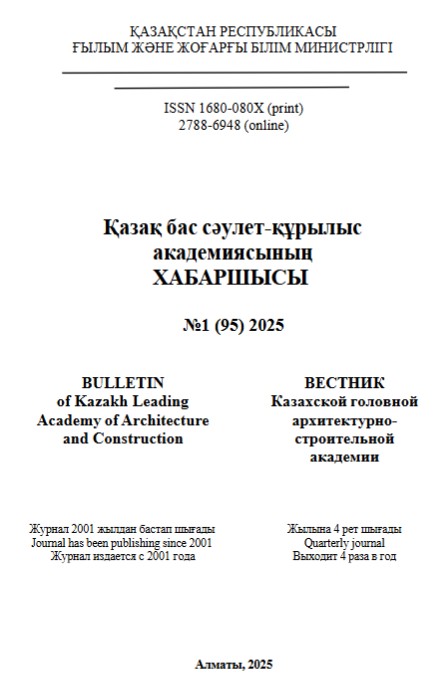Abstract
Urban construction in flooding areas has a centuries-old history. Of the various flood protection systems used, the canal system proved to be the most effective. In most cases, the channels allow solving some problems in the field of passenger and freight transportation, complementing or duplicating land transportation by waterways. The best examples from world practice show the possibility of organizing commercially attractive spaces in areas where there are automobile and water-channel communications. The intensive growth of the city of Astana has led to the development of the left bank of the Yesil River, which has many water bodies and a high groundwater level. This, combined with flood waters and precipitation, periodically leads to flooding of vast territories. Sporadically carried out measures to drain overflowing reservoirs, build wells and drainage outlets only partially solve the annually escalating problem. In these circumstances, it seems advisable to use the experience of the United States, where a developed canal system has been formed in the city of Miami. The proposed canal system for the Nura district of Astana has a spiral-arc configuration. This is due to the peculiarities of the terrain and the location of existing water bodies. The canals connect to the riverbed of the Yesil River and ensure the diversion of excess water outside the city. As a result, there are areas with convenient street-road and water-channel connections to the existing urban transport infrastructure. This makes them suitable for active urban development.

